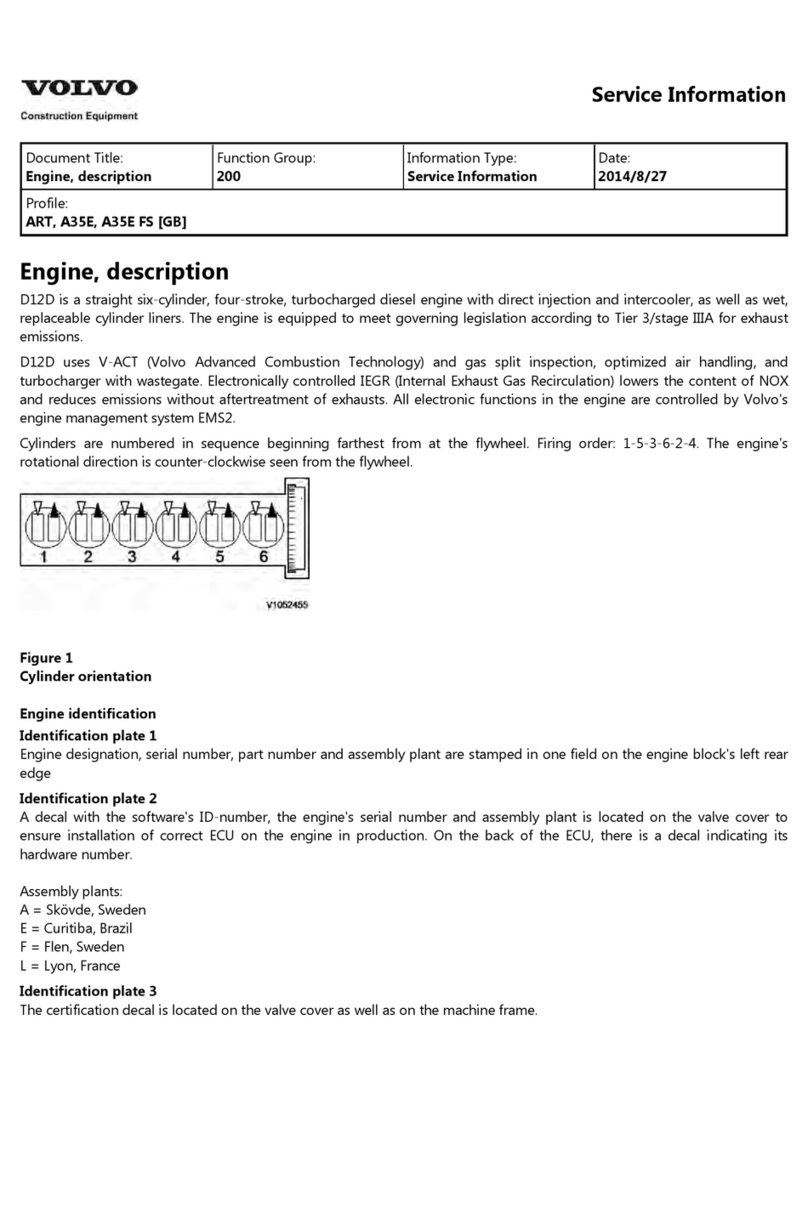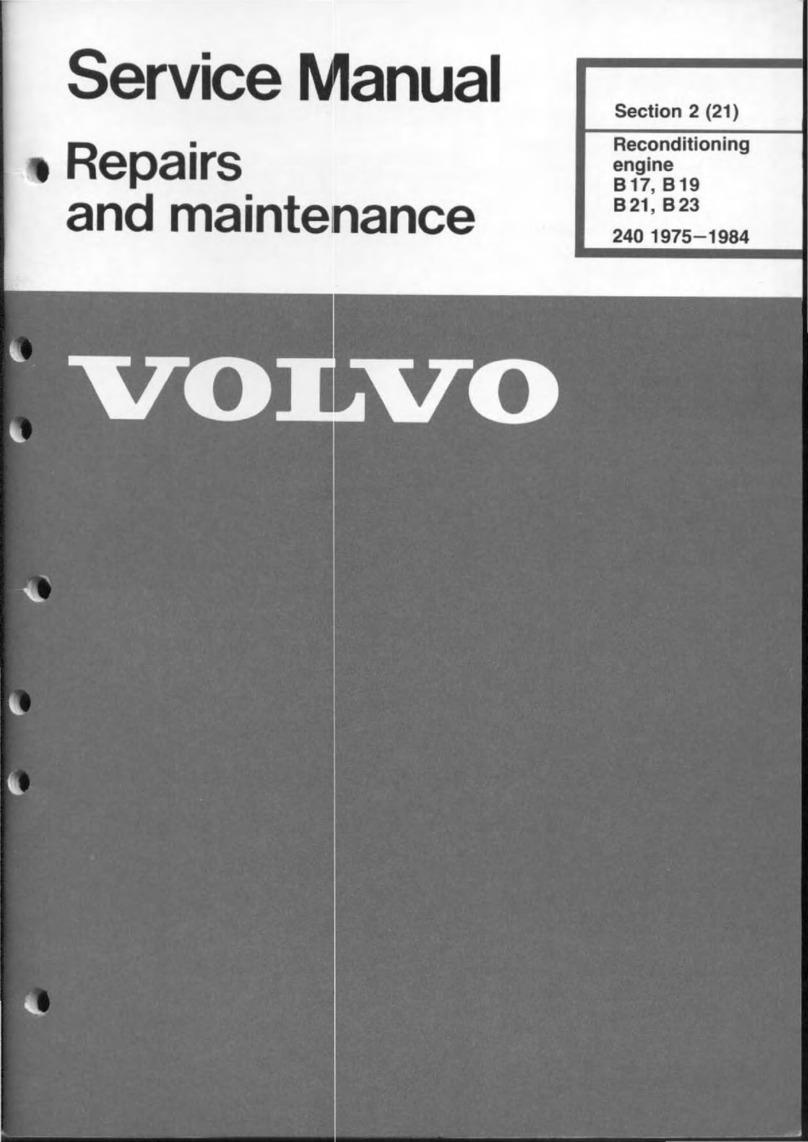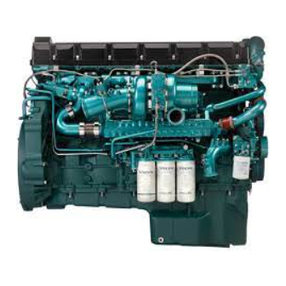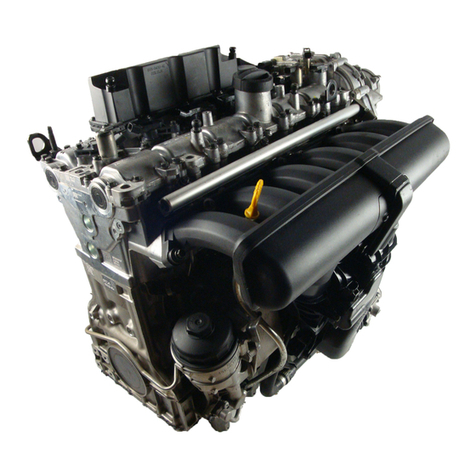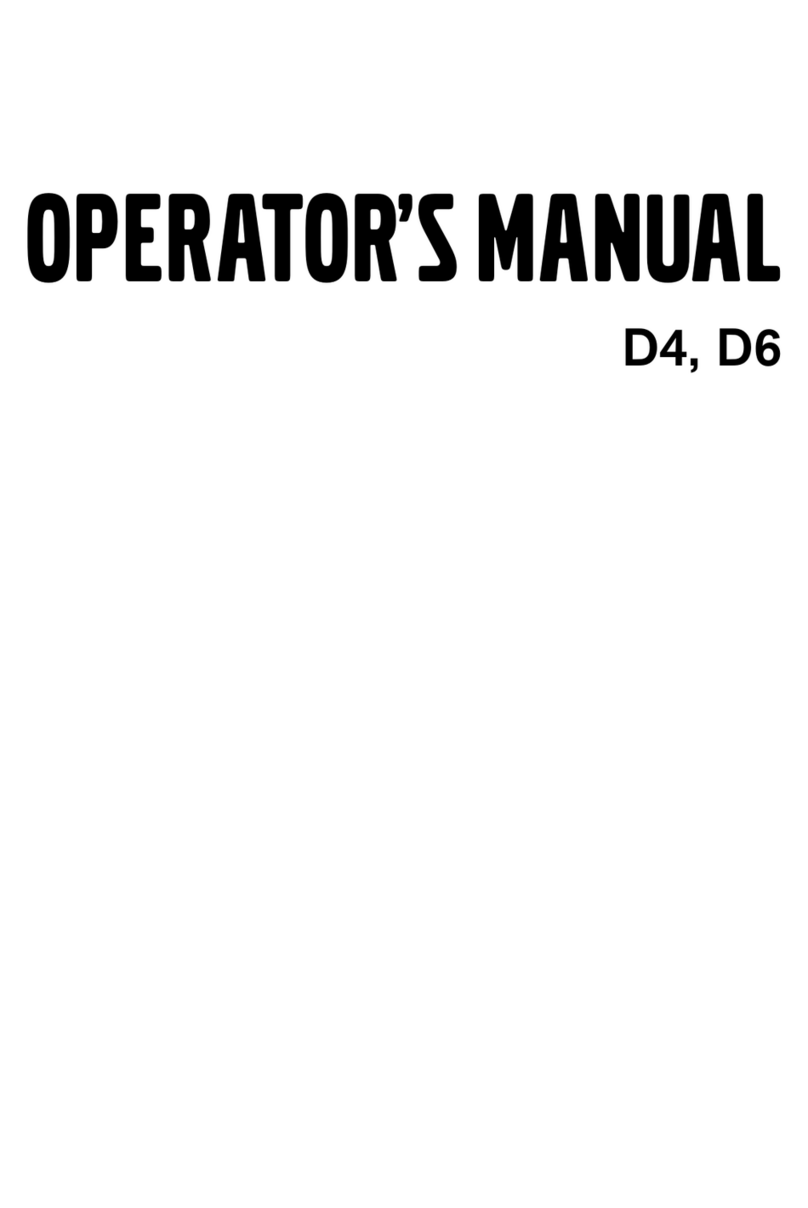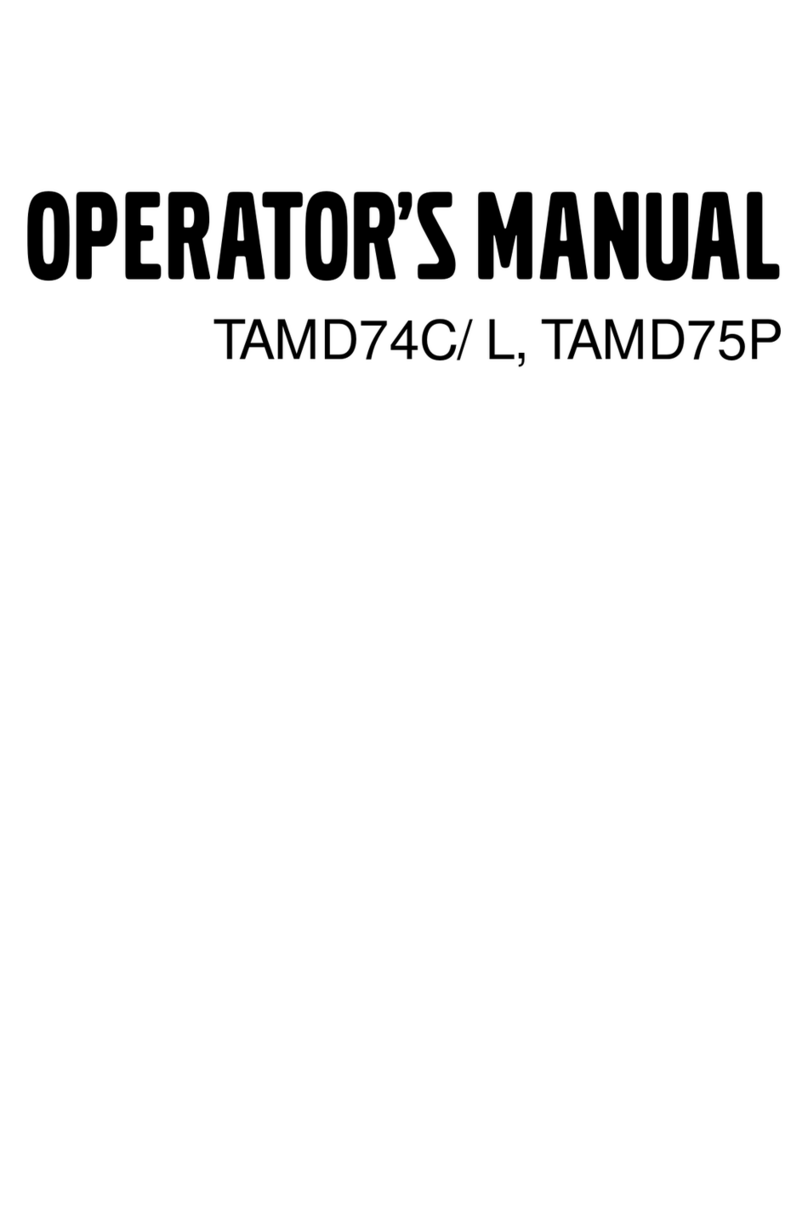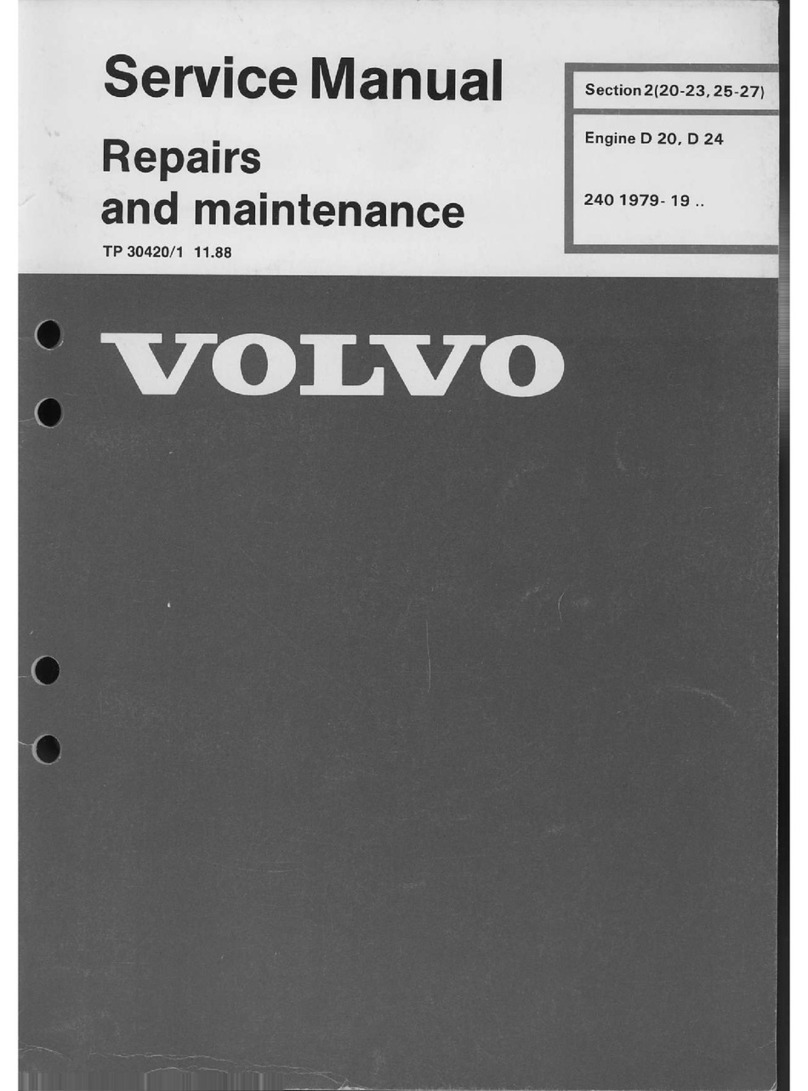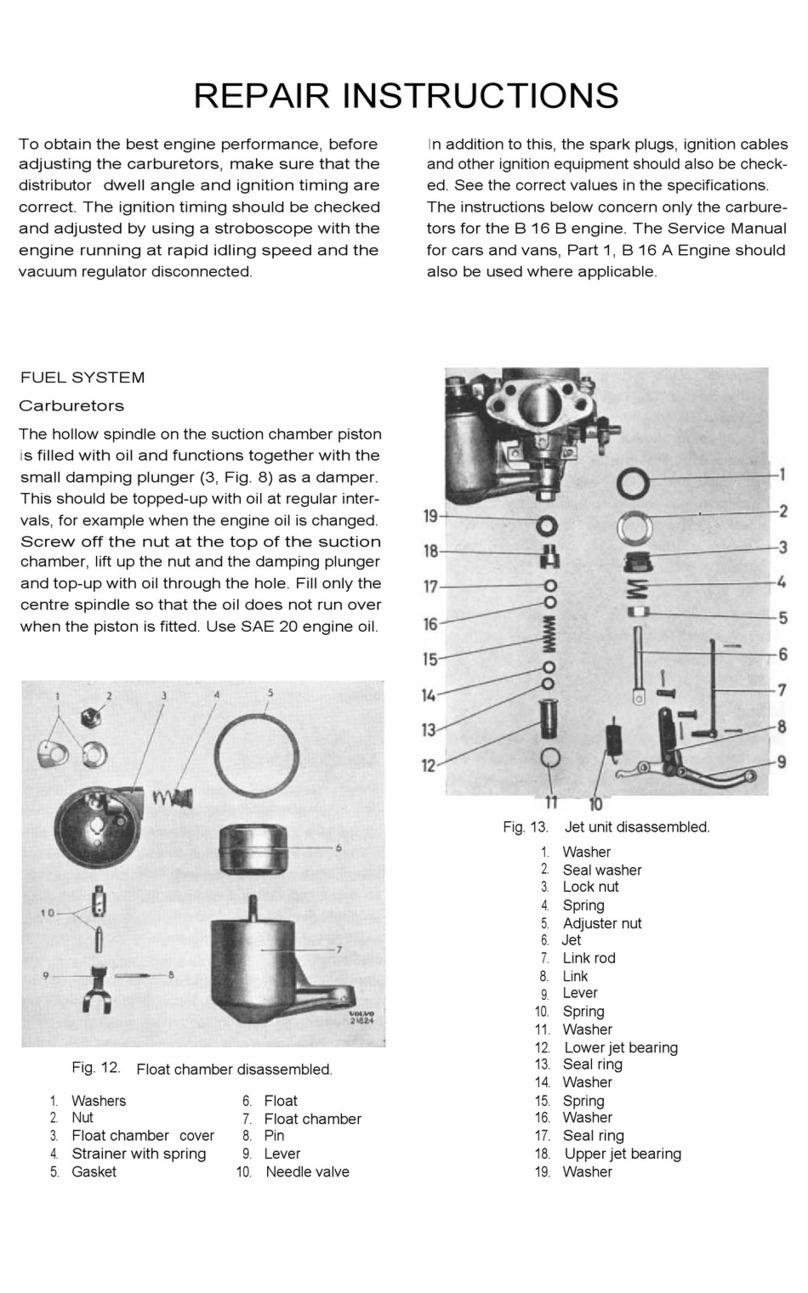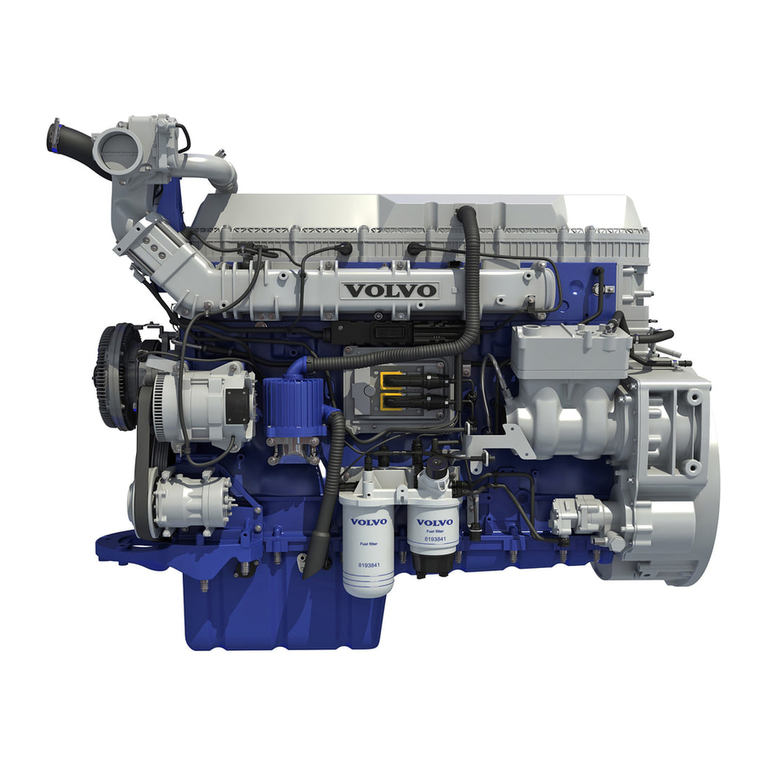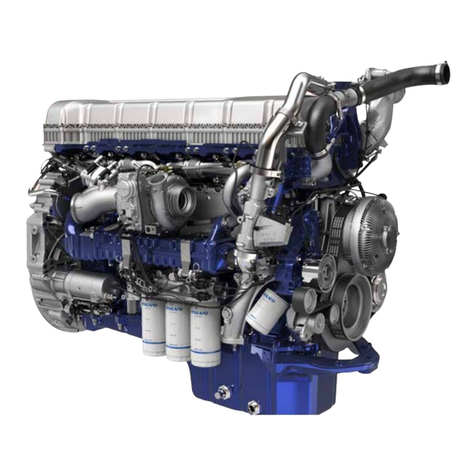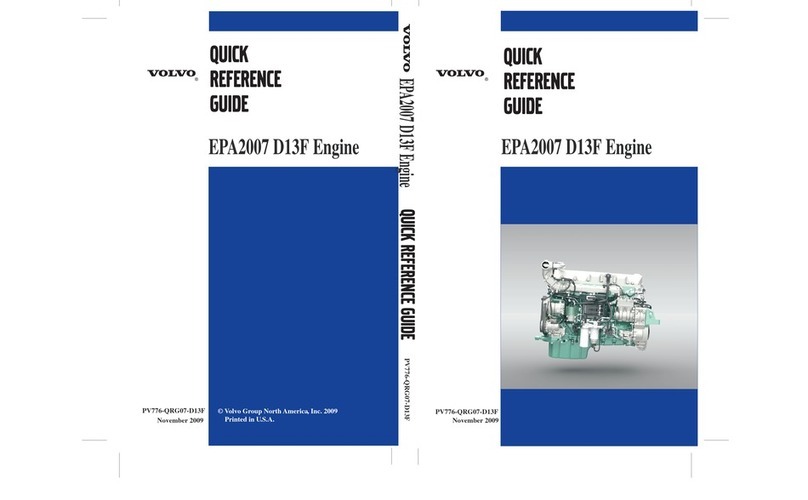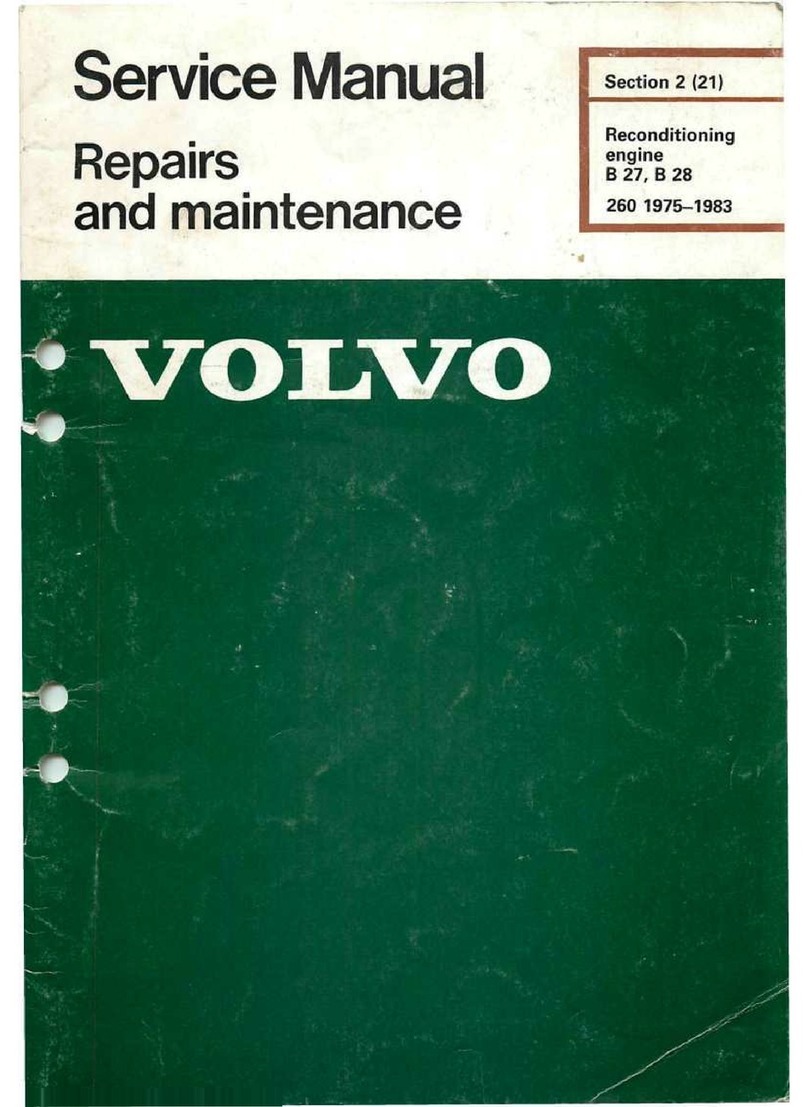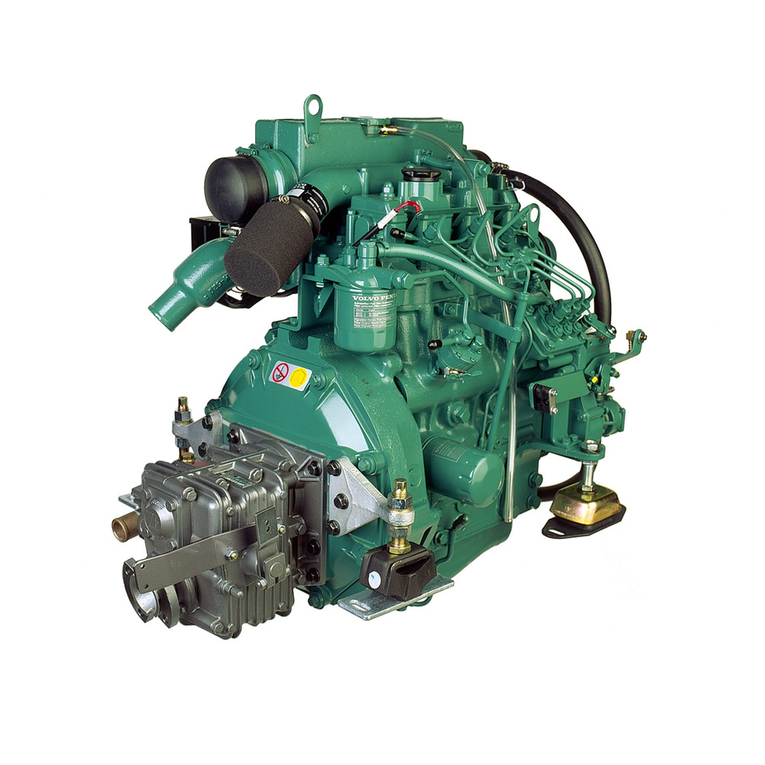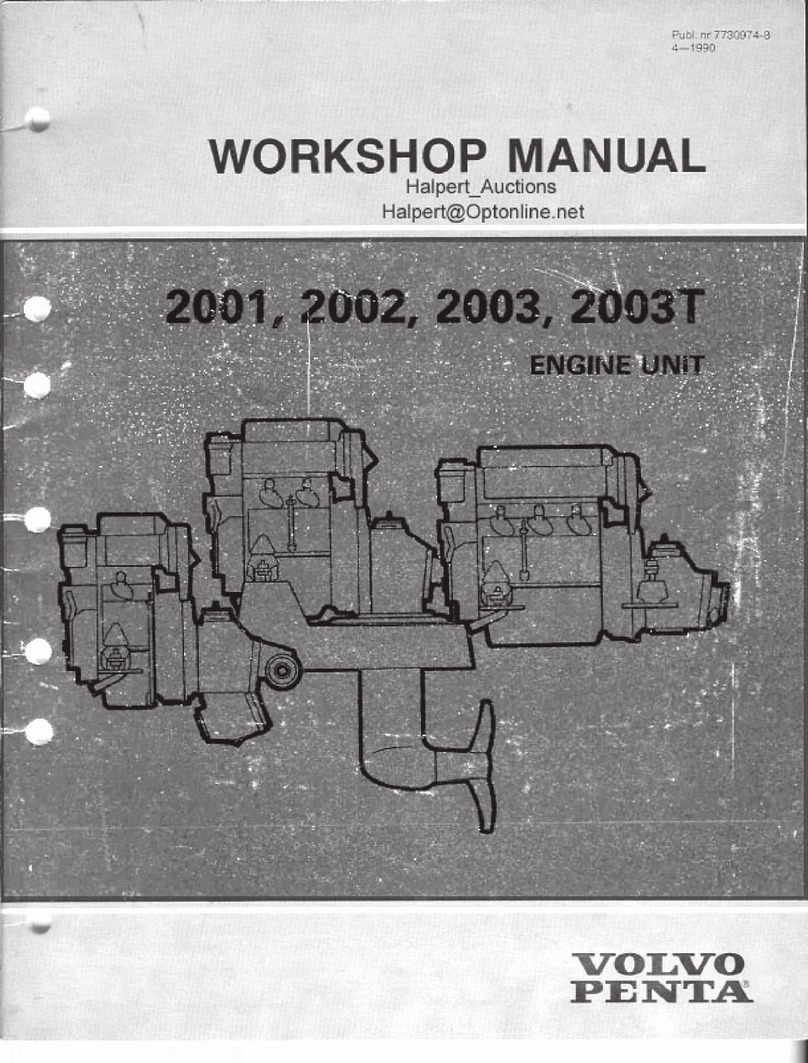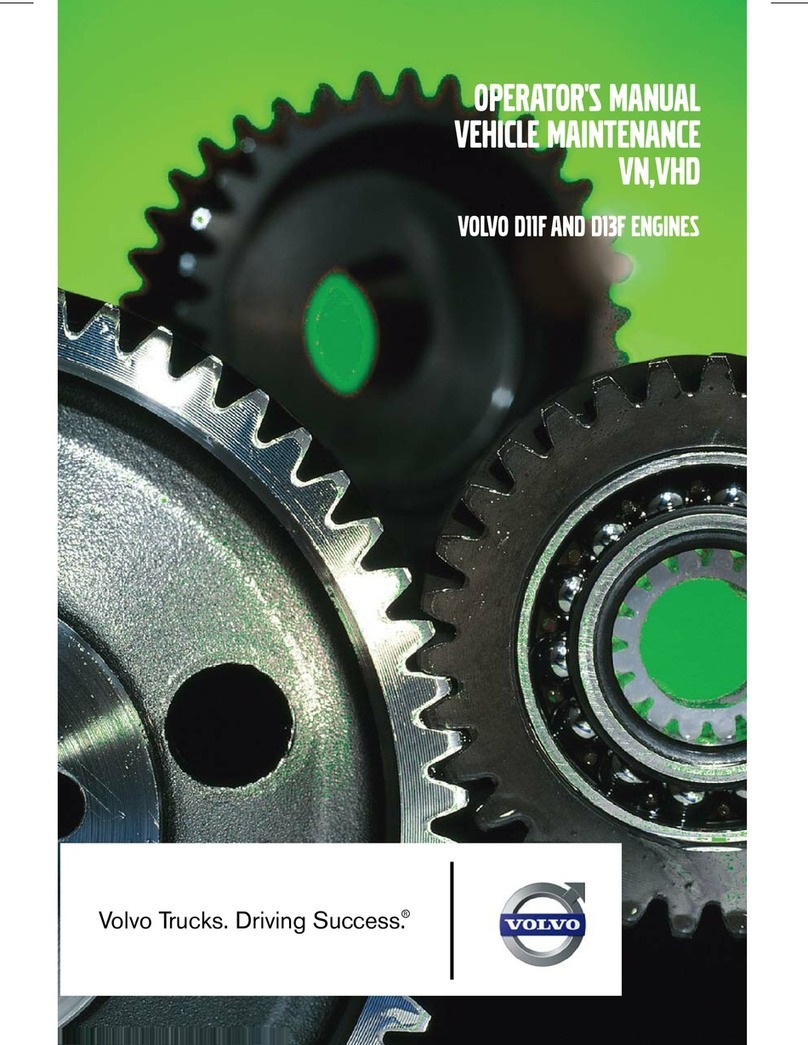
Group 30: Electrical system Safety information
3
Only start the engine in a well- ventilated area.
When operated in a confined space, exhaust
fumes and crankcase gases must be ventilated
from the engine bay or workshop area.
Always use protective glasses or goggles when
carrying out work where there is a risk of splin-
ters, grinding sparks, acid splashes or where
other chemicals are used. Your eyes are ex-
tremely sensitive, injury could cause blindness!
Avoid getting oil on your skin! Repeated expo-
sure to oil or exposure over a long period can
result in the skin becoming dry. Irritation, dry-
ness and eczema and other skin problems can
then occur.
Used oil is more dangerous than fresh oil from a
health aspect. Use protective gloves and avoid
oilsoaked clothes and rags. Wash regularly, es-
pecially before eating. There are special skin
creams which counteract drying out of the skin
and make it easier to clean off dirt after work is
completed.
Most chemicals intended for the product (e.g.
engine and transmission oils, glycol, petrol
(gasoline) and diesel oil) or chemicals for work-
shop use (e.g. degreasers, paints and solvents)
are hazardous. Read the instructions on the
product packaging with care! Always follow the
safety precautions for the product (for example
use of protective mask, glasses, gloves etc.).
Make sure that other personnel are not inad-
vertently exposed to hazardous chemicals, for
example in the air. Ensure good ventilation in
the work place. Follow the instructions provided
when disposing of used or leftover chemicals.
Exercise extreme care when leak detecting on
the fuel system and testing the fuel injector noz-
zles. Use eye protection. The jet which comes
from a fuel injector has very high pressure and
considerable penetrationability. Fuel can force
its way deep into body tissue and cause severe
injury. Danger of blood poisoning (septicemia).
All fuels, and many chemicals, are flammable.
Do not allow naked flame or sparks in the vicini-
ty. Petrol (gasoline), some thinners and hydro-
gen gas from batteries are extremely flammable
and explosive when mixed with air in the correct
ratio. No Smoking! Ensure that the work area is
well ventilated and take the necessary safety
precautions before starting welding or grinding
work. Always ensure that there are fire extin-
guishers at hand when work is being carried
out.
Make sure that oil and fuel soaked rags, and
used fuel and oil filters are stored in a safe
place. Rags soaked in oil can spontaneously ig-
nite under certain circumstances.
Used fuel and oil filters are polluting waste and
must be handed to an approved waste manage-
ment facility for destruction, together with used
lubrication oil, contaminated fuel, paint residue,
solvents, degreasers and wash residue.
Batteries must never be exposed to open
flames or electric sparks. Never smoke close to
the batteries. The batteries generate hydrogen
gas when charged, which forms an explosive
gas when mixed with air. This gas is easily ignit-
ed and highly volatile. A spark, which can be
caused by incorrect battery connection, can
cause an explosion with resulting damage. Do
not move the connections when you attempt to
start the engine (risk of arcing), and do not
stand and lean over one of the batteries.
Always ensure that the Plus (positive) and Mi-
nus (negative) battery cables are correctly in-
stalled on the corresponding terminal posts on
the batteries. Incorrect installation can result in
serious damage to the electrical equipment. Re-
fer to the wiring diagram.
Always use protective goggles when charging
and handling the batteries. Battery electrolyte
contains sulfuric acid which is highly corrosive.
Should the battery electrolyte come into contact
with unprotected skin wash off immediately us-
ing plenty of water and soap. If you get battery
acid in your eyes, flush at once with a generous
amount of water, and get medical assistance at
once.
Turn the engine off and turn off the power at the
main switch(es) before carrying out work on the
electrical system.
Clutch adjustments must be carried out with the
engine stopped.
The existing lugs on the engine/reversing gear
should be used for lifting the assembly.
Always check that the lifting devises are in good
condition and that they have the correct capaci-
ty for the lift (the weight of the engine plus the
reversing gear and extra equipment).
https://www.boat-manuals.com/

